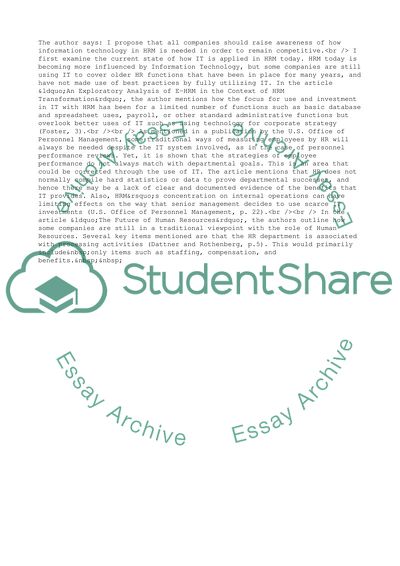Cite this document
(Impact of Information Technology on a Career Term Paper, n.d.)
Impact of Information Technology on a Career Term Paper. Retrieved from https://studentshare.org/management/1572572-the-impact-of-information-technology-on-a-career
Impact of Information Technology on a Career Term Paper. Retrieved from https://studentshare.org/management/1572572-the-impact-of-information-technology-on-a-career
(Impact of Information Technology on a Career Term Paper)
Impact of Information Technology on a Career Term Paper. https://studentshare.org/management/1572572-the-impact-of-information-technology-on-a-career.
Impact of Information Technology on a Career Term Paper. https://studentshare.org/management/1572572-the-impact-of-information-technology-on-a-career.
“Impact of Information Technology on a Career Term Paper”. https://studentshare.org/management/1572572-the-impact-of-information-technology-on-a-career.


